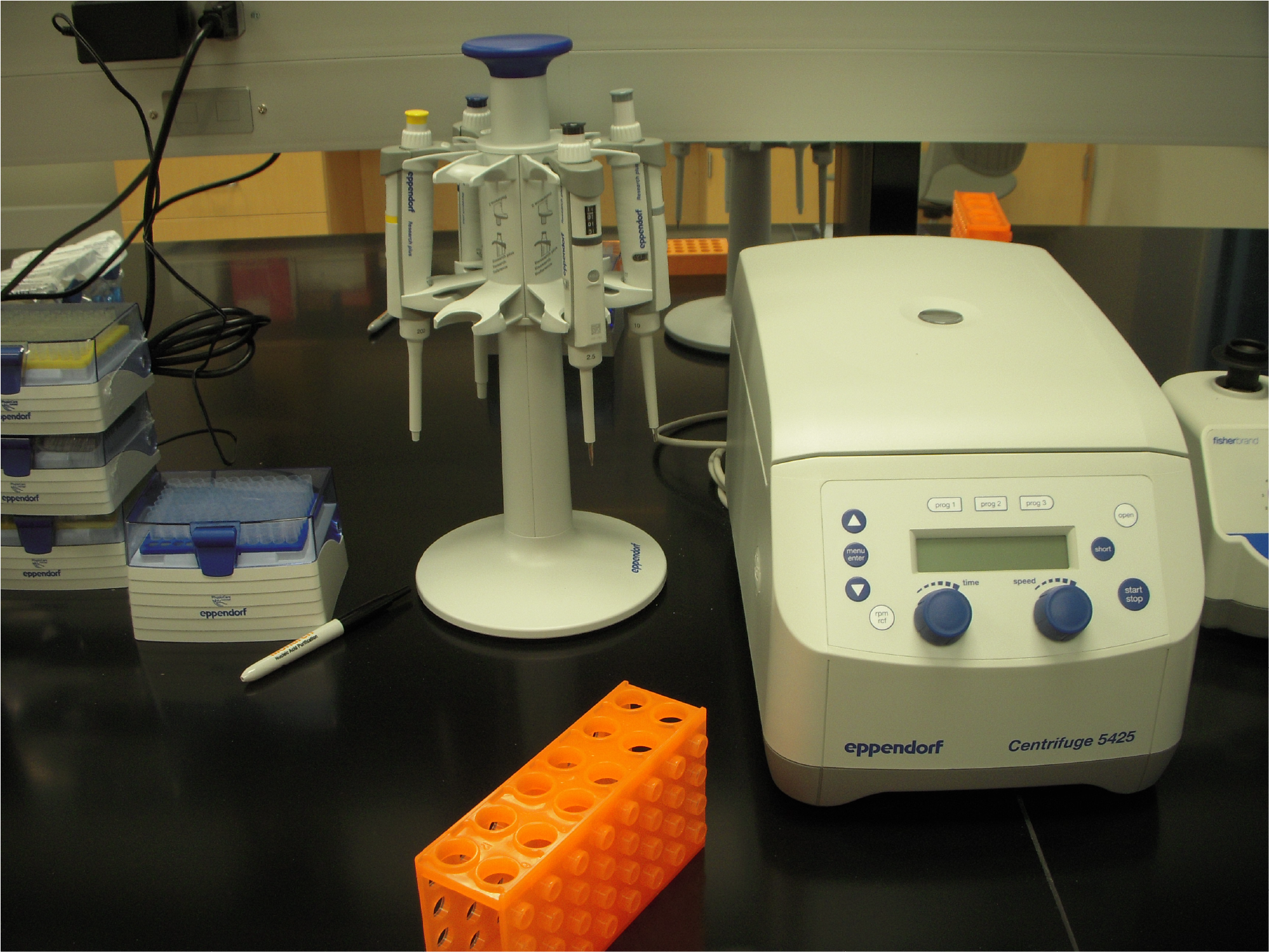written by Baxton Munn
9-17-21: RNA silencing is a fascinating mechanism in eukaryotes by which the cell’s own RNA regulates the expression of genes at the transcriptional, post-transcriptional, and translational level. These RNA molecules belong to the subclass of small RNAs (sRNAs) and include small-interfering RNAs (siRNAs), micro RNAs (miRNAs), and piwi-interacting RNAs (piRNAs). These sRNA, along with an Argonaute protein, join to form the RNA-induced silencing complex (RISC).
The process by which miRNAs are incorporated into the RNA-induced silencing complex (RISC) was of great interest in our review in the publication “Argonaute-3 activates the let-7a passenger strand microRNA”, published in RNA Biology in 2013. The authors, J. Winters and S. Diederichs, detailed the unusual affinity one of the Argonaute family proteins, Argonaute 3 (Ago3), had for the passenger strand of Let-7a. When miRNAs are synthesized, they are processed into a duplex, consisting of a guide strand and passenger strand. It has been known that the guide strand is the one incorporated into RISC to assist with cleaving target RNA, while the passenger strand is sent for degradation. In addition, Ago3 was thought to be catalytically inactive, overshadowed by its cleavage-inducing family member Argonaute 2 (Ago2). Nevertheless, Winters and Diedrichs found that Ago3 not only incorporated the passenger strand of let-7a, called let-7a-3p, but it was also catalytically activated by this strand.
Analysis by northern blotting, with confirmation from qRT-PCR, confirmed that overexpression of Ago3 led to an increase in the expression of let-7a-3p and an increase in the ratio between passenger strand (let-7a-3p) and guide strand (let-7a-5p). Luciferase assays detailed the overexpression of Ago3 in another crucial way: an increase in let-7a-3p’s silencing activity, as evidenced by a decrease in luciferase expression upon let-7a-3p binding to Ras-related GTP binding protein RAB10. Winters and Diedrichs then created recombinant let-7a by switching its terminal loop with another miRNA, miR-193a, to see if any structural component affected Ago3’s incorporation of the miRNA. The recombinant hairpin loop did not affect incorporation, suggesting the let-7a duplex was responsible for it instead. Next, the authors questioned whether Ago3 would be affected by base-pairing and thermodynamic stability at the 5’ end of let-7a, a property by which the less stable strand is usually incorporated into RISC. However, Ago3 did not significantly increase incorporation of let-7a-3p when mutated strands were co-transfected with it, suggesting a departure from previous knowledge. Finally, the Winters and Diedrichs questioned the domains in Ago3 responsible for incorporating let-7a-3p into RISC, and after co-transfecting constructs of Ago3, chimeric Ago3 (domain swapped with Ago1), and let-7a, they determined by qRT-PCR the binding of let-7a-3p by the PAZ and MID domains, which bind the 5’ and 3’ end of miRNA, respectively.
To conclude, Winters and Diedrichs discovered a novel mechanism by which Argonaute 3, previously thought to be catalytically dead, could be activated by and incorporate a passenger strand of miRNA, let-7a-3p, increasing its expression and silencing activity, while detailing the significance of miRNA structure, stability, and sequence on incorporation into RISC. The implications of this research certainly lead to the possibility of other miRNA passenger strands being utilized to some capacity, though there remains little current research. Another possible candidate for further research is the role Ago3 has in regulating the tumor suppressor abilities of let-7a, which targets RAS and HMGA2. Such findings would shed insight into how RNA silencing can regulate oncogenes or what miRNA dysregulation may implicate.
